Pioneering Defense Against Unmanned Aerial Threats
The United States Military has inaugurated the Joint Counter Small Unmanned Aircraft Systems University (JCU), a groundbreaking academy dedicated to training American Armed Forces in countering the rapidly evolving threat posed by drones or Unmanned Aircraft Systems (UAS). This initiative marks the first academy of its kind, aiming to train approximately 1,000 troops annually, reports the WSJ.
The Escalating Drone Menace
Recent conflicts have highlighted the growing threat of drones in warfare. The U.S. military’s focus on this issue is underscored by incidents like the Ukrainian drone attacks against Russian forces and a Hamas Drone Strike in Gaza. The widespread availability of small, affordable drones has revolutionized modern warfare, prompting the Pentagon to develop strategies to counter this emerging threat.
Training for a New Battlefield
Under the direction of Colonel Moseph Sauda, the JCU at Fort Sill is equipping students with the necessary skills and technology to combat small unmanned aircraft. Training involves the use of advanced weapons systems like the Smart Shooter, a smart optic attached to the M4 weapon system, designed to enhance the soldiers’ ability to engage closely located UAS threats.

Cost-Effective Training Methods
In their training exercises, students do not directly shoot at drones. Instead, they target balloons attached to drones, an approach deemed more cost-effective and challenging due to the high winds in Oklahoma.
The Dronebuster and Electronic Warfare
The JCU also trains soldiers in using the Dronebuster, an electronic attack system. Unlike the Smart Shooter, the Dronebuster employs jamming techniques to interdict drone targets, adding a layer of electronic warfare capability to the troops’ arsenal.

Global Reach of U.S. Anti-Drone Training
The JCU represents a significant step in standardizing and centralizing anti-drone training across military branches for better interoperability. The training, lasting one to three weeks, is not limited to U.S. forces; it extends to federal agencies and allied nations, illustrating the global importance of this initiative.
Evolution of Drone Use in Warfare
Following the September 11 attacks, the U.S. primarily deployed sophisticated drones for surveillance and strikes. However, the use of commercial drones in conflicts like the battle for Mosul by ISIS marked a shift, where drones began to be modified for offensive purposes.

Civilian drones equipped with explosives have become increasingly common in Syria, Gaza, and Ukraine, changing the dynamics of military engagements.

Adapting to Rapid Technological Advances
Given the swift pace of Drone Technology development, the Pentagon acknowledges that no single weapon system is sufficient. The JCU emphasizes a layered defense approach, using multiple systems to create complex challenges for adversaries. This strategy aligns with the reality of modern warfare, where adaptability and multi-faceted defense mechanisms are crucial.


The establishment of the JCU underscores the U.S. military’s recognition of unmanned aerial systems as a significant and evolving threat.
By equipping troops with the knowledge and tools to counter this threat, the U.S. is adapting its defense strategies to the changing landscape of modern warfare, ensuring readiness against increasingly sophisticated and accessible drone technologies.

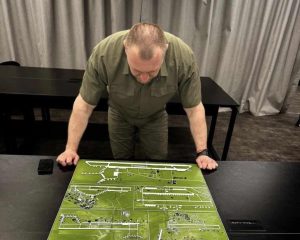

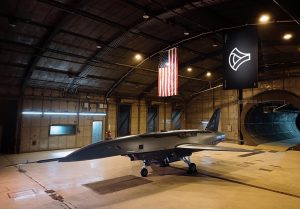

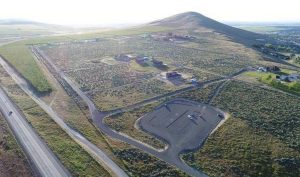
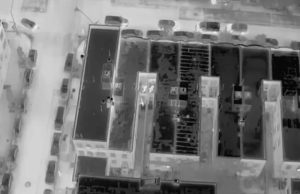




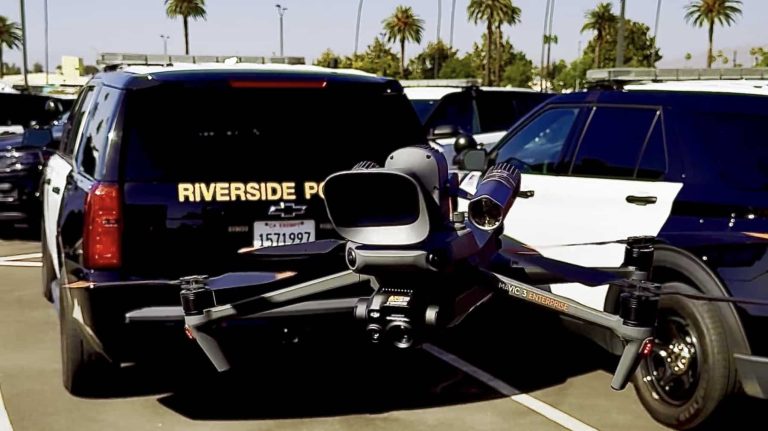
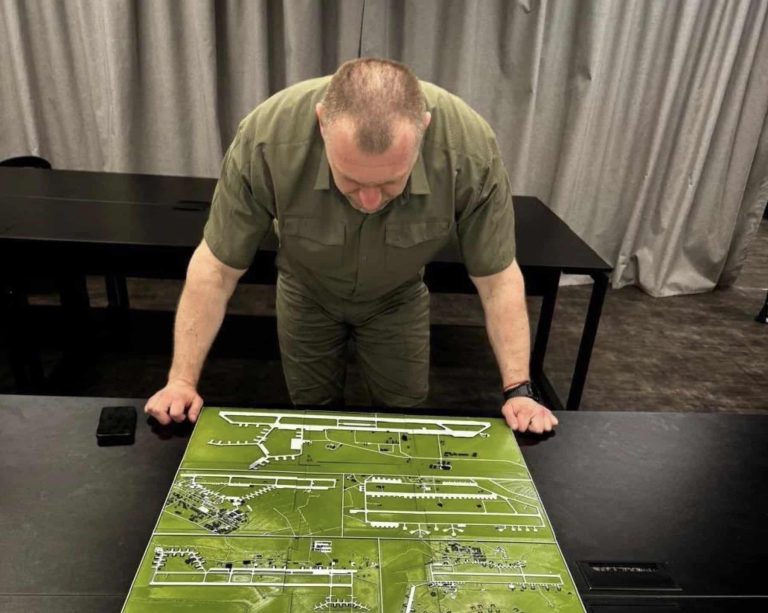
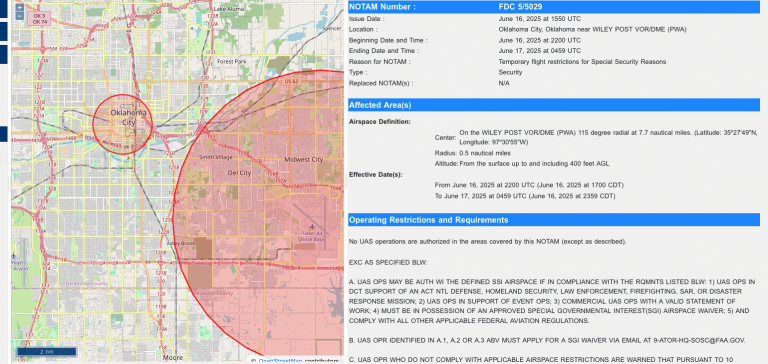


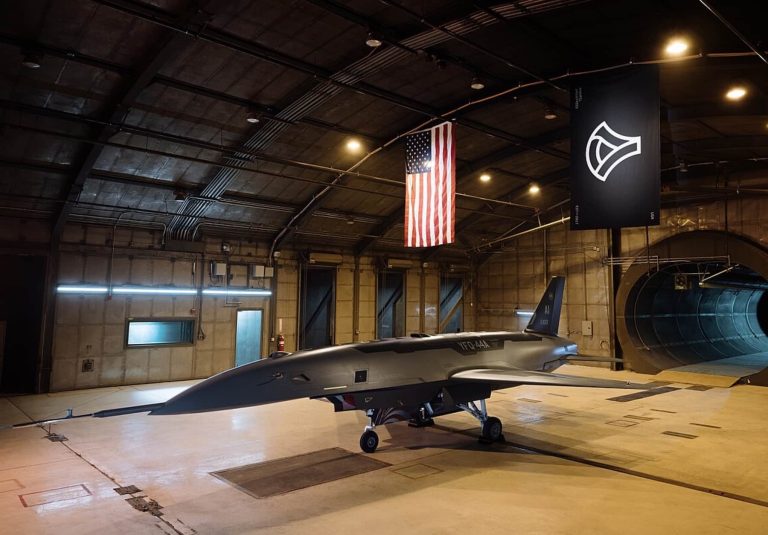

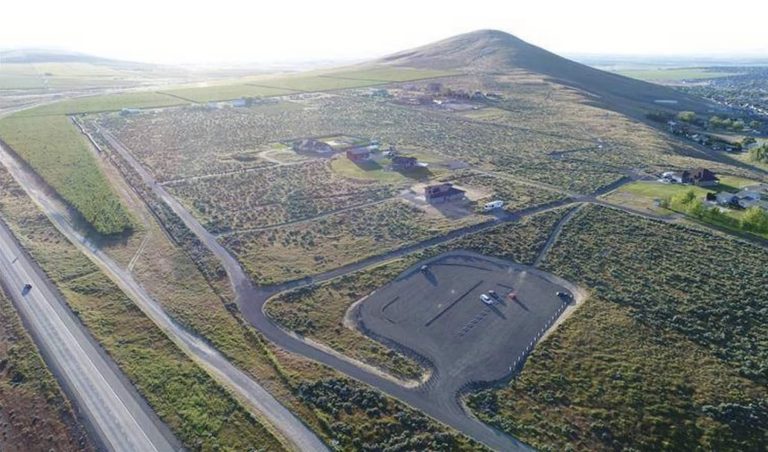
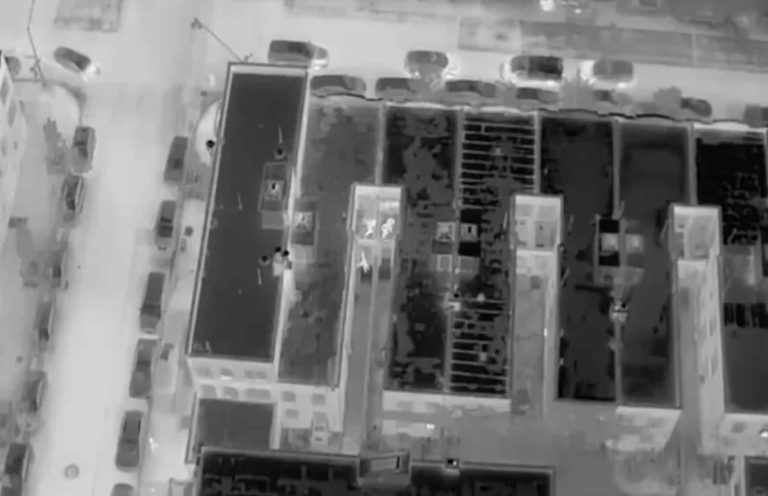

+ There are no comments
Add yours